DIY tips for repairing | common heater issues
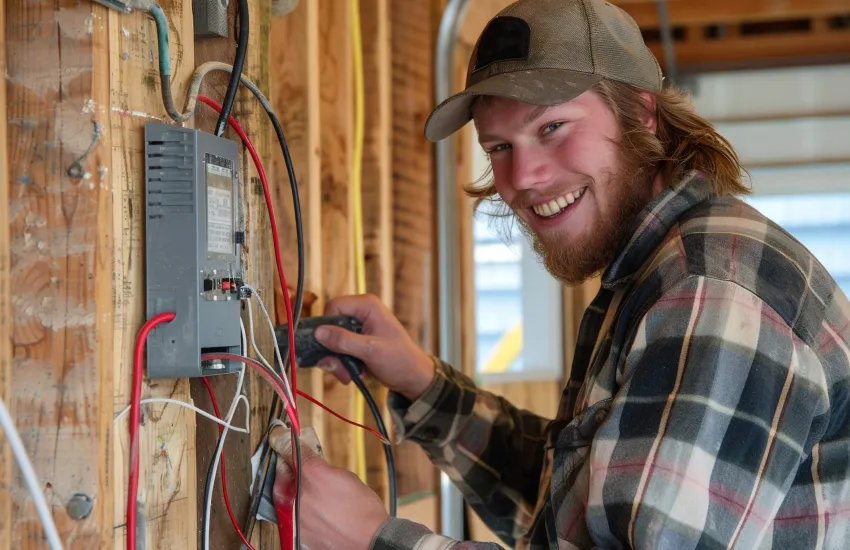
Your complete guide to DIY heater repairs. From diagnosing problems to implementing solutions, discover how to maintain and fix your heating system. Learn professional tips and know when expert help is needed.
DIY tips for repairing common heater issues.
A malfunctioning heater doesn’t always require professional help. Many common heating problems can be solved with basic DIY skills and the right knowledge. Before calling for repairs, try these proven solutions for typical heating issues.
Your fridge is a kitchen superstar as it keeps all your food fresh and drinks cold.
But does the fridge feel warm when you open it?
Is there water all over the floor?
Fridge issues are the worst!
Understanding Your Heating System
Your heating system has four main components: the heat source, distribution system, thermostat, and safety devices. Each part plays a crucial role in keeping your home warm. Regular maintenance of these components prevents most common problems and extends system life.
Common Problems and Their Causes
Most heating problems start with dirty filters or faulty thermostats. Blocked vents and wear and tear on components can also cause issues. Understanding these basic problems helps you fix them quickly and know when to call for help.
Strange noises usually indicate loose or worn parts. Screeching sounds often mean bearing problems, while banging noises could cause delayed ignition. Address these sounds quickly to prevent bigger issues.
Essential Tools for DIY Repairs
Keep these tools handy:
- Basic hand tools
- Multimeter
- Wire stripper
- Vacuum cleaner
- Safety equipment
- Replacement filters
Safety Precautions: Must-Know Information
Before starting any repair:
- Turn off the power supply
- Shut off the gas if applicable
- Ensure proper lighting
- Wear safety gear
- Have a fire extinguisher nearby
Filter Maintenance: The Basics
Proper filter care is crucial:
- Check monthly
- Replace as needed
- Use correct size
- Note airflow direction
- Keep spares on hand
Thermostat Issues: Simple Solutions
Common thermostat fixes:
- Replace batteries
- Clean internal components
- Check wire connections
- Verify settings
- Level the unit
Understanding Airflow Problems
Poor airflow often comes from blocked vents or dirty filters. Check all vents monthly and ensure furniture isn’t blocking them. Replace filters regularly to maintain proper airflow throughout your home.
Noisy Operation: Silencing the Racket
Address unusual sounds:
- Identify sound types
- Locate sound sources
- Tighten loose parts
- Lubricate moving components
- Check for obstructions
Professional Maintenance
Some problems require expert attention. Call a professional for:
- Annual safety inspections
- Gas line issues
- Electrical problems
- Complex repairs
- System upgrades
Preventive Maintenance Tips
Regular maintenance prevents problems:
- Schedule annual inspections
- Keep system clean
- Monitor performance
- Document maintenance
- Address issues promptly
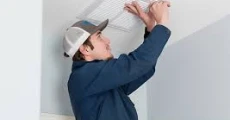
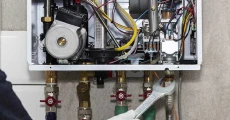
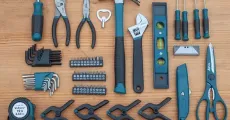
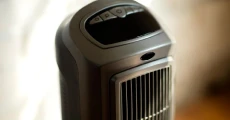

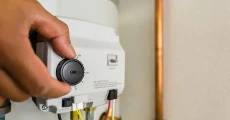
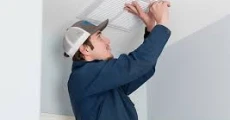
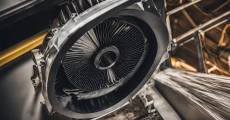
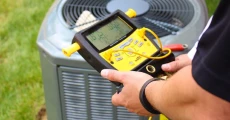
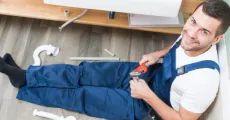
Takeaway
While DIY repairs can save money and time, understanding your limits is crucial for safety and system longevity. When in doubt, don’t hesitate to contact our experienced team at CLT Appliance Repair for professional assistance.
Trust CLT Appliance Repair for all your heating system needs. Our experienced technicians provide comprehensive heating repair charlotte nc services, maintenance, and expert advice to keep your home comfortable year-round.
FAQs
Every 1-3 months, depending on usage and environmental factors.
A burning dust smell is normal at first startup but should dissipate quickly. Persistent odors require professional inspection.
Lorem ipsum dolWhile you can clean vent covers and nearby ductwork, professional cleaning is recommended for thorough results.or sit amet, consectetur adipiscing elit. Ut elit tellus, luctus nec ullamcorper mattis, pulvinar dapibus leo.
This could indicate thermostat issues, dirty filters, or system problems requiring professional diagnosis.
Yes, annual maintenance prevents costly repairs and ensures efficient, safe operation.
Don't let a malfunctioning Heater disrupt your daily life. Contact CLT Appliance Repair today at 704-606-9043 to schedule your Heater repair service.
We'll have your Heater back to optimal performance in no time!
Dryer Repair Charlotte NC | Washing Machine Repair Charlotte NC | Refrigerator Repair Charlotte NC | Microwave Oven Repair Charlotte NC | Freezer Repair Charlotte NC | Dryer Vent Cleaning Charlotte NC | Dishwasher Repair Charlotte NC | Cooktop Repair Charlotte NC | Stove Repair Charlotte NC | Charlotte Ice Maker Repair | Garbage Disposal Repair Charlotte NC | Plumbing Repair Charlotte NC | Water Heater Repair Charlotte NC
Admiral Appliance Repair | Amana Appliance Repair | Bosch Appliance Repair | Electrolux Appliance Repair | Frigidaire Appliance Repair | General Electric Appliance Repair | Haier Appliance Repair | Hotpoint Appliance Repair | Jenn-Air Appliance Repair | Kenmore Appliance Repair | KitchenAid Appliance Repair | LG Appliance Repair | Magic Chef Appliance Repair | Maytag Appliance Repair | Roper Appliance Repair | Samsung Appliance Repair | Speed Queen Appliance Repair | Whirlpool Appliance Repair | Dacor Appliance Repair | Viking Appliance Repair | Thermador Appliance Repair | Sub-Zero Appliance Repair | Wolf Appliance Repair | Monogram Appliance Repair | Bertazonni Appliance Repair | BlueStar Appliance Repair | Thor Appliance Repair | Miele Appliance Repair | Cafe Appliance Repair | GE Appliance Repair
Freezer Repair Indian Land SC | Freezer Repair Indian Trail NC | Freezer Repair Pineville NC | Freezer Repair Rock Hill SC | Freezer Repair Belmont NC | Freezer Repair Matthews NC | Freezer Repair Lancaster SC | Freezer Repair Cornelius NC | Freezer Repair Fort Mill SC | Freezer Repair Concord NC | Freezer Repair Denver NC | Freezer Repair Monroe NC | Freezer Repair Mooresville NC | Freezer Repair Harrisburg NC | Freezer Repair Lake Wylie SC | Freezer Repair Huntersville NC | Freezer Repair Kannapolis NC | Freezer Repair Mint Hill NC | Freezer Repair Waxhaw NC | Freezer Repair Troutman NC | Freezer Repair Davidson NC | Freezer Repair Gastonia NC | Freezer Repair Charlotte NC

